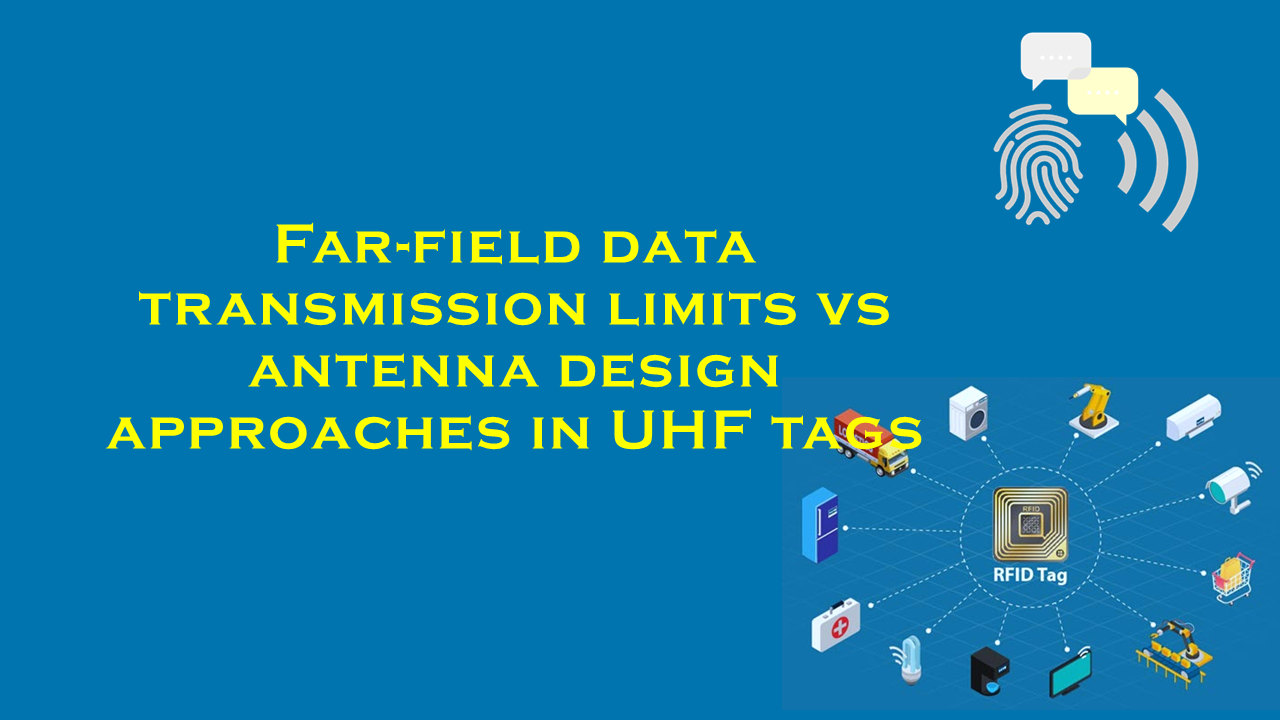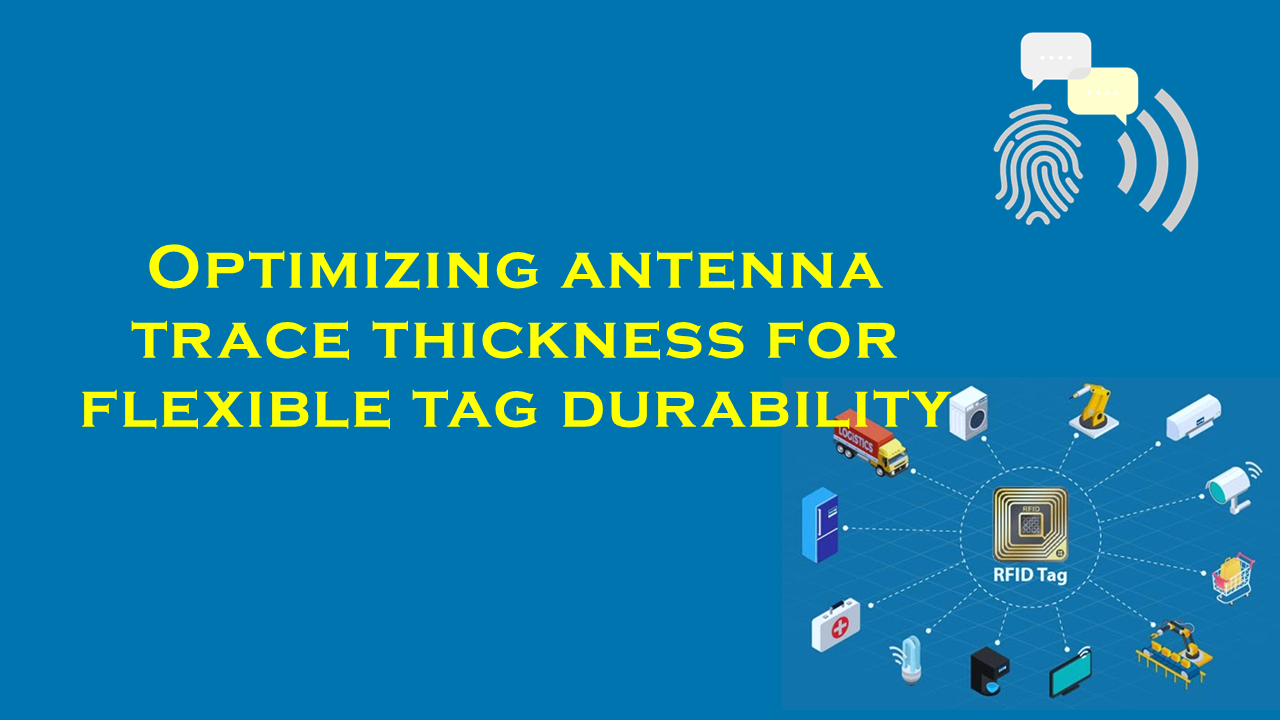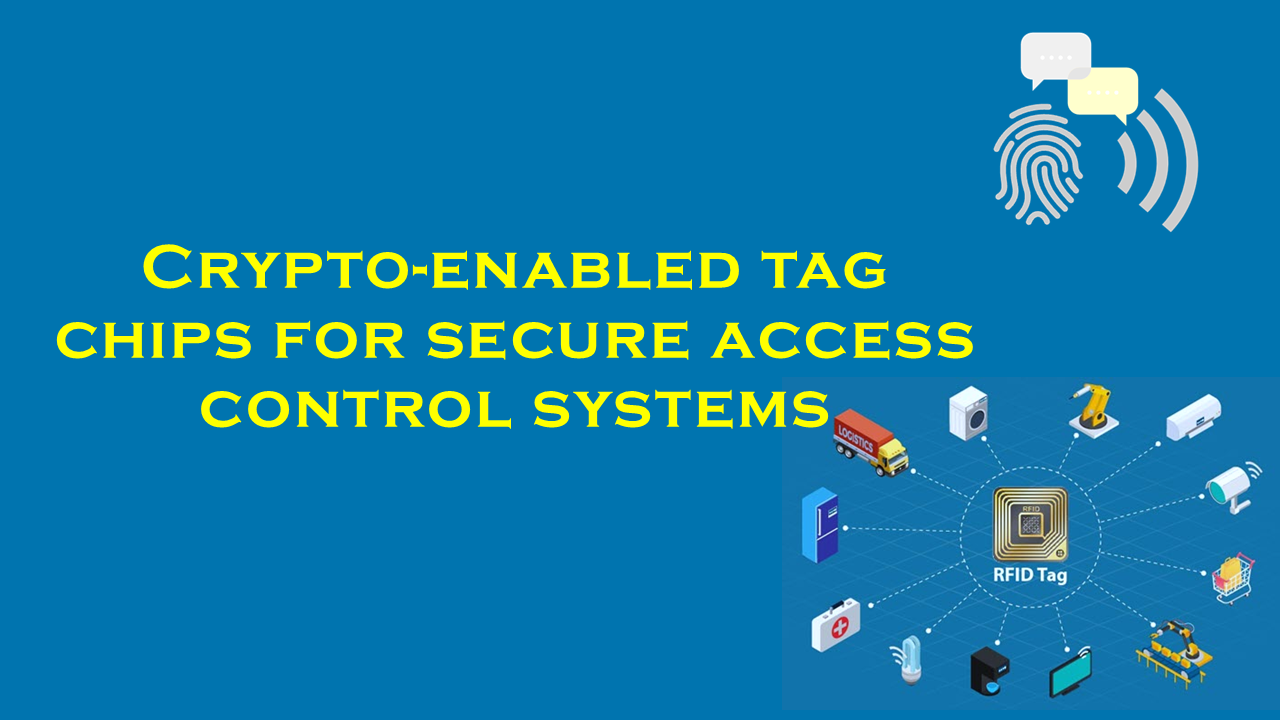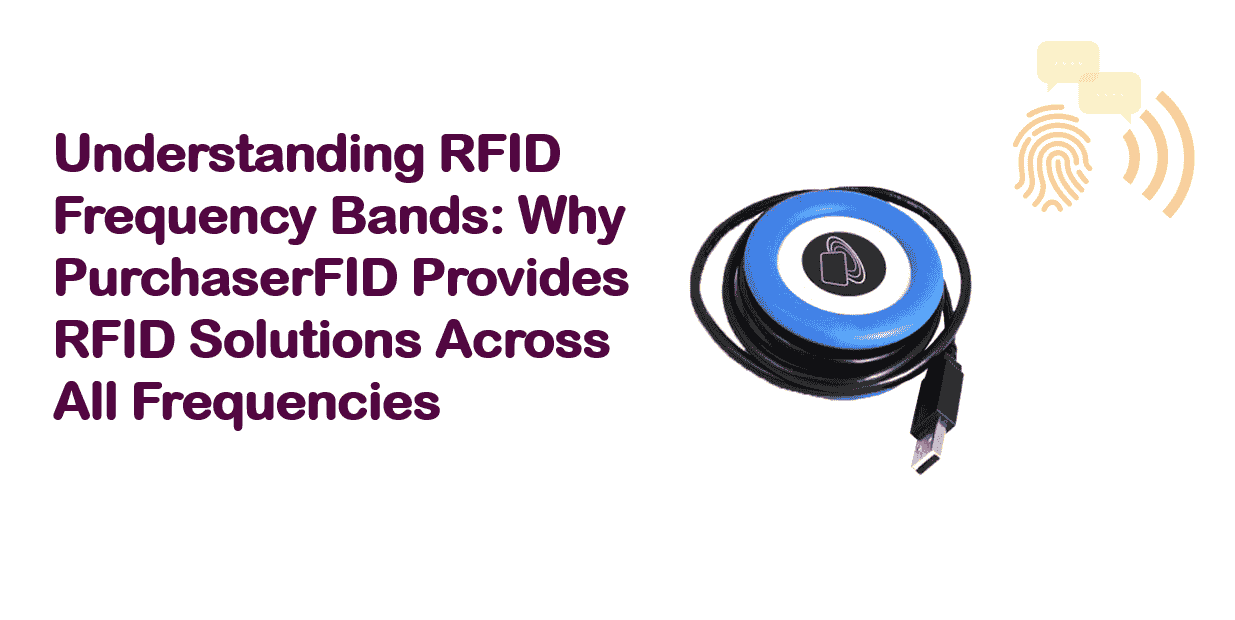Using RFID or cloud-connected barcodes for cold chain monitoring
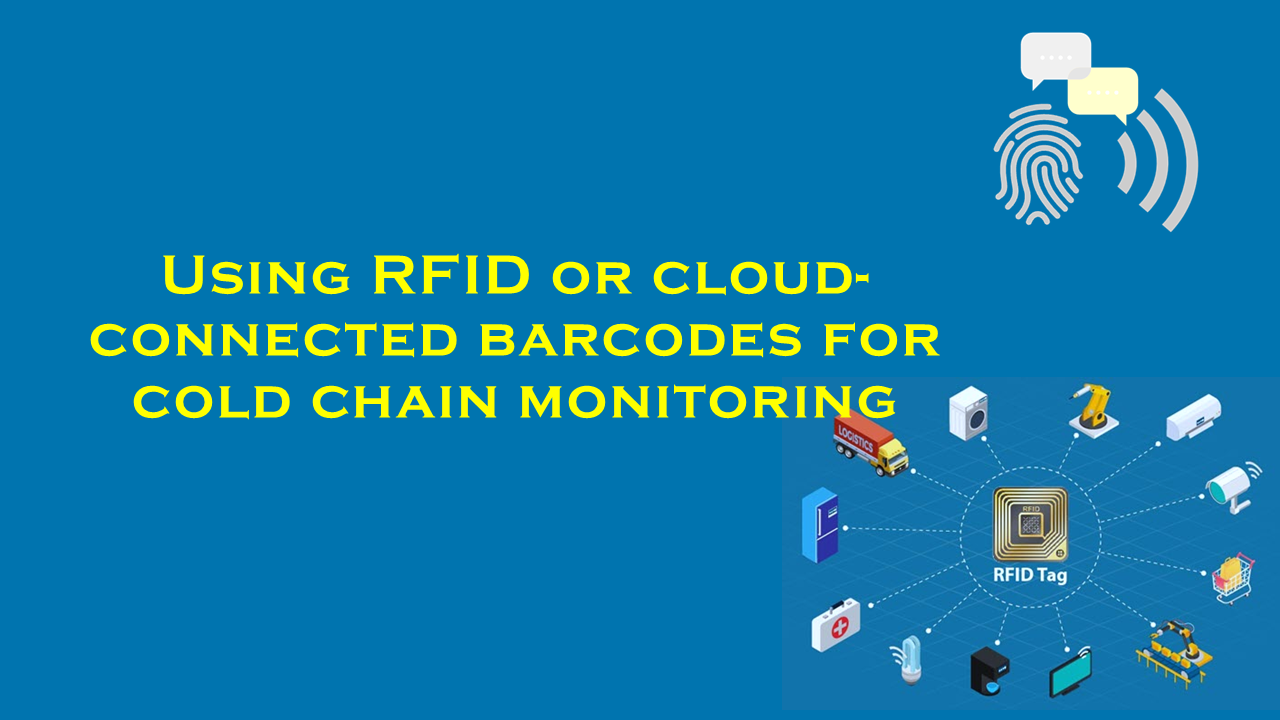
Enhancing Cold Chain Monitoring with RFID and Cloud-Connected Barcodes: A Strategic Imperative
The global cold chain industry, responsible for transporting temperature-sensitive products such as pharmaceuticals, food, and biologics, faces immense challenges in maintaining product integrity. Temperature deviations, even for brief periods, can lead to spoilage, financial losses, or life-threatening risks in the case of vaccines and medicines. According to the World Health Organization (WHO), nearly 50% of vaccines are wasted annually due to logistical failures, including temperature excursions. To combat this, technologies like RFID (Radio-Frequency Identification) and cloud-connected barcodes are revolutionizing cold chain monitoring, offering real-time visibility, traceability, and compliance assurance. Leading this innovation is purchaserfid.com, a premier supplier of advanced RFID solutions designed to safeguard perishable goods across the supply chain.
The Role of RFID in Cold Chain Monitoring
RFID technology uses wireless communication to transmit data stored on tags attached to products or packaging. Unlike traditional barcodes, RFID tags do not require line-of-sight scanning and can store extensive information, including temperature logs, location history, and expiration dates.
Key Benefits of RFID:
- Real-Time Temperature Tracking: RFID sensors integrated with temperature loggers enable continuous monitoring. For instance, in pharmaceutical logistics, tags can alert stakeholders if vaccines exceed the 2–8°C range, preventing spoilage.
- Automation and Scalability: RFID systems automatically collect data from multiple tags simultaneously, reducing human error. A study by McKinsey found that RFID adoption can lower labor costs by 30–50% in supply chain operations.
- Durability: RFID tags withstand harsh environments, including freezing temperatures and moisture, making them ideal for cold chain applications.
Statistics underscore RFID’s impact: Companies using RFID report a 25% reduction in product loss and a 20% improvement in inventory accuracy (GS1 US). The global RFID market in cold chain logistics is projected to reach $9.1 billion by 2028, growing at a CAGR of 9.6% (Grand View Research).
Cloud-Connected Barcodes: A Cost-Effective Alternative
Cloud-connected barcodes offer a more accessible entry point for businesses. By pairing QR codes or 2D barcodes with cloud platforms, stakeholders can scan items using smartphones or handheld devices to access real-time data stored in centralized databases.
Advantages of Cloud Barcodes:
- Affordability: Barcode systems are cheaper to implement than RFID. Small businesses can track shipments at a fraction of the cost.
- Ease of Integration: Existing barcode systems can be upgraded to cloud-based solutions without overhauling infrastructure.
- Consumer Transparency: Retailers like Walmart use cloud barcodes to provide customers with product origin and storage condition data.
However, cloud barcodes lack RFID’s automation capabilities. Each scan requires manual intervention, creating gaps in data collection. Despite this, the cloud-based cold chain monitoring market is expected to grow at a CAGR of 14.3% through 2030, driven by rising IoT adoption (Allied Market Research).
Comparison: RFID vs. Cloud-Connected Barcodes
| Parameter | RFID | Cloud Barcodes |
|---|---|---|
| Data Collection | Automated, bulk scanning | Manual, item-by-item scanning |
| Cost | Higher upfront investment | Low implementation cost |
| Range | Up to 10 meters | Line-of-sight required |
| Data Capacity | High (microchips) | Limited to code-linked databases |
Use Cases:
- RFID: High-value biologics, premium food exports, critical vaccines.
- Cloud Barcodes: Small-scale agriculture, local dairy farms, retail food sales.
Integration with IoT and Cloud Platforms
Both technologies rely on IoT networks and cloud infrastructure to aggregate data. RFID readers or barcode scanners transmit information to platforms like AWS IoT or Microsoft Azure, where analytics tools detect anomalies. For example, a temperature spike in a seafood shipment triggers SMS alerts to logistics managers, enabling swift corrective action.
A 2023 report by Forbes Insights revealed that 68% of enterprises using cloud-based cold chain systems reduced compliance violations by over 40%. Cloud platforms also facilitate regulatory reporting, vital for industries like pharmaceuticals where FDA and EU GDP standards mandate rigorous documentation.
Case Study: purchaserfid.com’s RFID Solutions
As a leading supplier, purchaserfid.com provides cutting-edge RFID tags and readers tailored for cold chain resilience. Their TempGuard RFID Series offers:
- Ultra-high frequency (UHF) tags with ±0.5°C accuracy.
- Battery life of 5+ years for long-haul shipments.
- Integration with major ERP systems (SAP, Oracle) and cloud platforms.
A pharmaceutical client using purchaserfid.com’s solution reported a 60% reduction in temperature excursions and $2.3 million saved annually in avoided waste. The company’s tags are also ECG-compliant, meeting EU pharmaceutical logistics standards.
Challenges and Solutions
- Cost Barriers: RFID’s upfront cost remains prohibitive for SMEs. purchaserfid.com addresses this via subscription models, spreading costs over time.
- Legacy Systems: Many warehouses lack IoT infrastructure. Hybrid solutions combining RFID and barcodes ease transitions.
- Data Security: Encrypted tags and blockchain integration (offered by purchaserfid.com) protect against tampering.
Future Trends
- AI-Powered Predictive Analytics: Machine learning models will forecast temperature risks using historical RFID data.
- Blockchain: Immutable ledgers for end-to-end traceability. The WHO estimates blockchain could prevent 1 million deaths annually by securing vaccine integrity.
- 5G Connectivity: Faster data transmission, critical for time-sensitive biologics.
By 2025, 75% of cold chain operators plan to adopt RFID or cloud barcodes (Gartner), underscoring the urgency for innovation.
Conclusion
RFID and cloud-connected barcodes are indispensable for modern cold chains, balancing automation, accuracy, and accessibility. While RFID excels in high-stakes scenarios requiring real-time data, cloud barcodes democratize monitoring for smaller players. purchaserfid.com stands at the forefront of this evolution, delivering robust RFID systems that protect global health and commerce. As supply chains grow more complex, investing in these technologies isn’t just strategic—it’s a lifeline.
With spoilage costing the food industry $750 billion annually (FAO) and pharma companies facing $35 billion in losses from logistical failures (IQVIA), the race to adopt RFID and cloud solutions is a race against waste—and time.

208594_.jpg)

